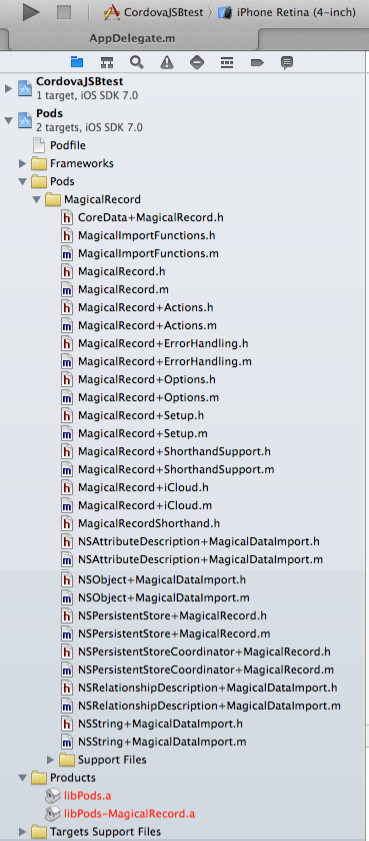COCOAPODS: a dependency manager for IOS development

IOS - Dependency Management Problem During my IOS development experience i've immediately dealt with the "dependencies management" problem. Firstly, my needs were to share code among projects and the only way that i found out was to build "static link libraries" that are files with ".a" extension also because IOS doesn't support dynamic link ones. But very soon i understood that building static libraries, as well as being a little bit complicated, was not the better way to manage project's dependencies. This because, often, my IOS projects were developed, reusing a bunch of code gathered by open source software and not all (almost no one) were distributed/packaged as static library, but provides just source code So my short-term strategy was to copy&paste the code, coming in from third party projects, directly into my project. this strategy seemed working well until i had to deal with maintenance and bug fixing because it